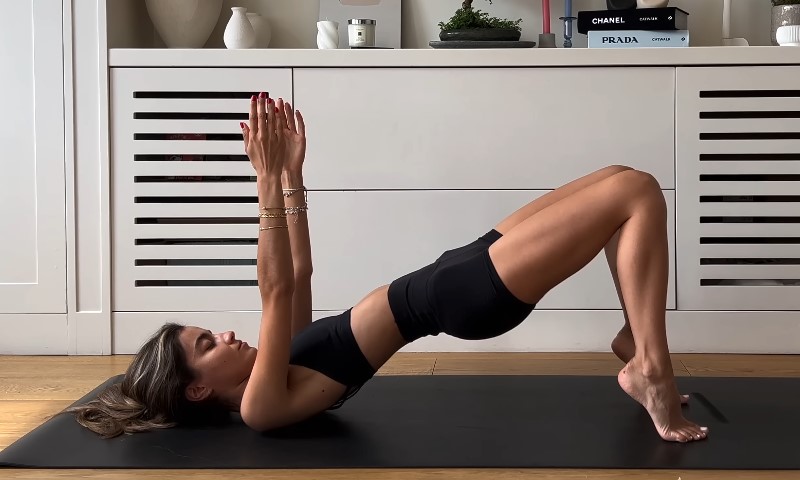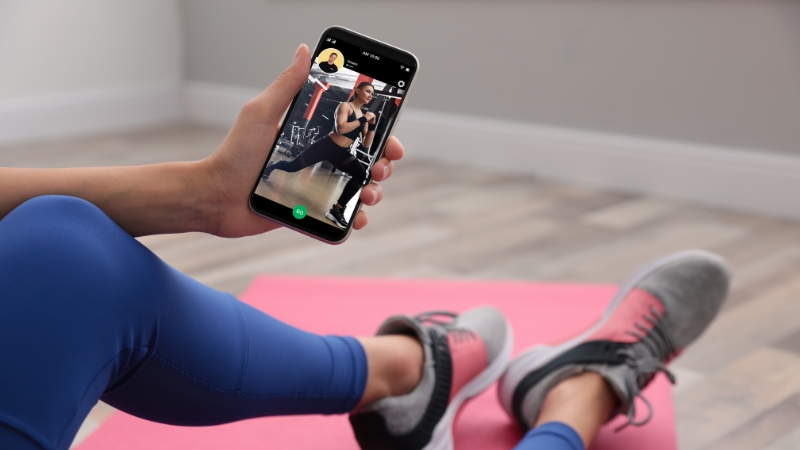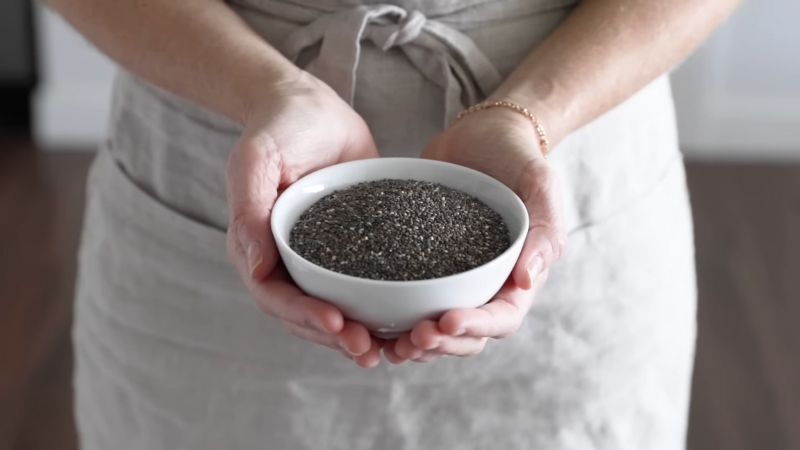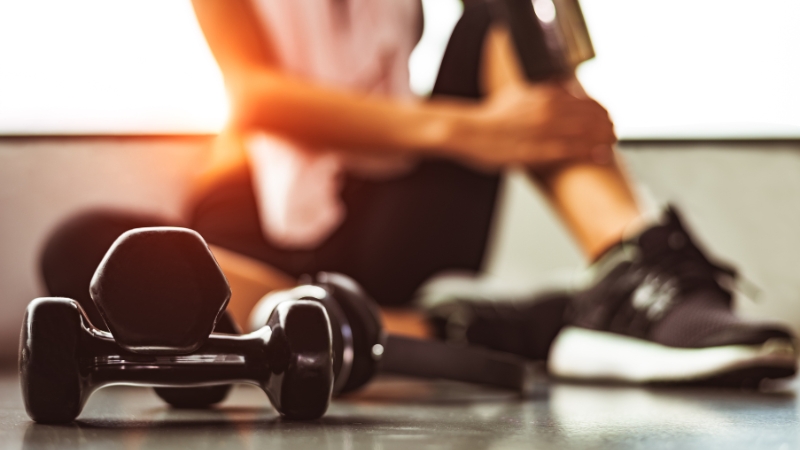
Share Post:
Ever tried tying your shoelaces while daydreaming? Or hopped on a bike after years without riding, only to realize your body still remembers how to balance? It feels like magic—like your body has stored instructions somewhere deep inside.
That’s muscle memory at work.
It’s what allows a pianist to play a piece without looking at their hands, a boxer to dodge a punch instinctively, or a chef to dice an onion in seconds. Repetition makes movement so familiar that the brain no longer needs to micromanage every little step.
I’ve always been fascinated by this process. How do we go from struggling with a task to performing it effortlessly? How can we train our brains to make learning faster and more efficient? And can muscle memory work against us?
Let’s explore.
Table of Contents
ToggleWhat Muscle Memory Actually Is

The brain does. More specifically, the motor cortex and the cerebellum work together to refine movement over time.
Here’s a simplified version of what happens:
- The brain sends electrical signals to muscles, telling them how to move.
- Each repetition strengthens the neural connections responsible for that movement.
- Over time, the brain fine-tunes those signals, making the movement smoother and faster.
- Eventually, the action happens automatically with little to no conscious effort.
Think of it like coding a program. The first time, you manually type every instruction. The next few times, you tweak the code to run more efficiently. After enough testing, the program executes flawlessly with a single click.
That’s muscle memory in a nutshell.
How Muscle Memory Develops
1. The Struggle Phase
Remember the first time you tried something new—maybe playing a chord on a guitar, throwing a perfect spiral with a football, or learning a new dance move? It probably felt awkward and unnatural.
That’s because your brain was still figuring out how to coordinate muscles, balance, and timing. The pathways weren’t there yet.
2. Repetition Builds Strength
Every time you practice, your brain strengthens the connection between neurons. It’s like carving a trail through a dense forest. At first, the path is rough and slow. But with repeated use, it becomes smoother and easier to navigate.
3. Automation Kicks In
After enough repetition, the brain no longer needs to focus on individual steps. Movements flow naturally. The once-awkward action becomes second nature.
That’s why a trained musician can have a conversation while playing a song. Their fingers know where to go without them thinking about each note.
The Science Behind Muscle Memory
Repetition doesn’t just make tasks feel easier—it physically changes the brain and nervous system. Here’s what’s happening behind the scenes:
Synaptic Pruning: Cutting the Clutter
When you learn something new, the brain forms many weak connections. Over time, it keeps the useful ones and eliminates the unnecessary ones. This process, called synaptic pruning, makes movements more efficient.
Myelination: Speeding Up Signals
Neurons are coated in a fatty substance called myelin. This acts like insulation on electrical wires, making signals travel faster. The more you practice, the thicker the myelin becomes—turning slow, clumsy movements into fast, fluid ones.
Elite athletes and musicians often have more developed myelin in the brain regions responsible for their skills. That’s why their movements are razor-sharp and precise.
Neuroplasticity: The Brain’s Flexibility
The brain isn’t fixed—it adapts based on experience. Scientists call this neuroplasticity. Skills aren’t just stored in one part of the brain; different areas can take over if needed.
How to Train Muscle Memory Effectively
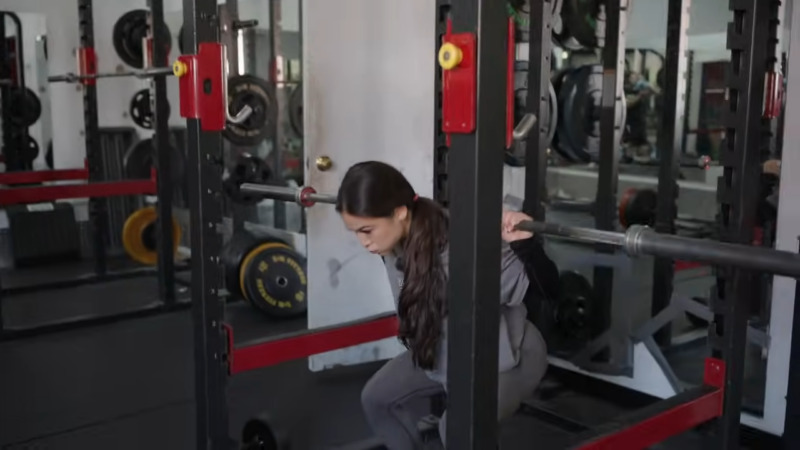
Not all practice leads to perfect muscle memory. If you want to build strong, useful muscle memory, keep these strategies in mind.
1. Quality Over Quantity
Mindless repetition won’t cut it. Practicing something incorrectly thousands of times will only reinforce bad habits. Instead, focus on:
- Slow, deliberate movements – Rushing leads to sloppy form. Precise, controlled practice ensures you’re reinforcing the right patterns.
- Breaking tasks into smaller parts – Musicians do this all the time. Instead of playing an entire song, they master individual sections first.
- Avoiding overtraining – Too much repetition in one session can backfire. Spaced-out practice leads to better retention.
2. The Power of Visualization
Studies show that mentally rehearsing a skill activates the same brain pathways as physically performing it. Professional athletes often imagine themselves making perfect plays before executing them.
3. Challenge the Routine
Once a movement becomes second nature, mix it up. This forces the brain to stay engaged and prevents complacency.
- Play a song at a different speed.
- Practice dribbling with your non-dominant hand.
- Try a workout routine in reverse order.
Adding variation strengthens adaptability and prevents the brain from going on autopilot.
Can Muscle Memory Work Against You?
Absolutely. If you repeat something incorrectly, the brain reinforces that pattern instead. Bad habits become just as ingrained as good ones.
Common examples:
- Slouching while typing – Over time, posture worsens because muscle memory locks in the bad habit.
- Improper weightlifting form – The body remembers the wrong mechanics, increasing injury risk.
- Golfers or baseball players with poor swing mechanics – The wrong motion becomes automatic, making correction difficult.
How to Fix It:
- Slow down – Focus on unlearning the bad habit first.
- Repeat the correct way – Each correct rep weakens the old pattern and strengthens the new one.
- Stay patient – Breaking bad muscle memory takes longer than building new muscle memory. But with persistence, it happens.
Real-Life Examples of Muscle Memory
Muscle memory isn’t just for athletes and musicians—it also plays a role in everyday life.
Sports & Athletics
- Basketball – Shooting free throws without thinking about form.
- Boxing – Dodging a punch instinctively.
- Swimming – Coordinating strokes and breathing automatically.
Music & Performing Arts
- Piano players – Hands move to the right keys without conscious effort.
- Dancers – Movements flow naturally once choreography is ingrained.
- Actors – Memorized lines come out effortlessly under pressure.
Daily Activities
- Driving – Shifting gears without looking down.
- Typing – Fingers fly across the keyboard automatically.
- Cooking – Chopping vegetables quickly without thinking.
Muscle memory saves time and effort, letting the brain focus on higher-level tasks.
Final Thoughts
Muscle memory is one of the most powerful tools our brains have. It turns repetition into mastery, making movements effortless over time.
With smart practice, anyone can use it to their advantage—whether it’s improving athletic skills, learning an instrument, or just becoming better at daily tasks.
Related Posts:
- Steps to Turning Your Passion for Fitness into a…
- Muscle Recovery Explained - What Happens Inside Your…
- Fitness Recovery Essentials: How to Keep Your Body…
- 20-Minute Full-Body Pilates Routine for Home Practice
- How is Protein Powder Made - The Making Process Explained
- Isolate Protein Explained - Benefits and Uses in 2025



